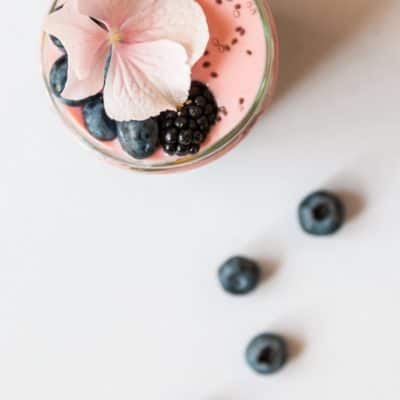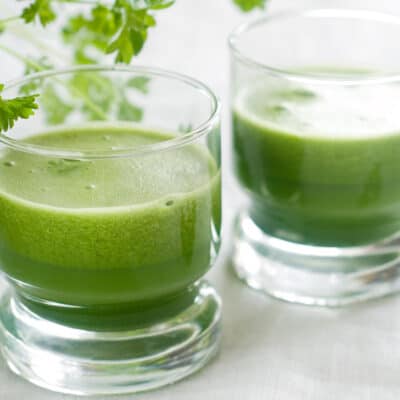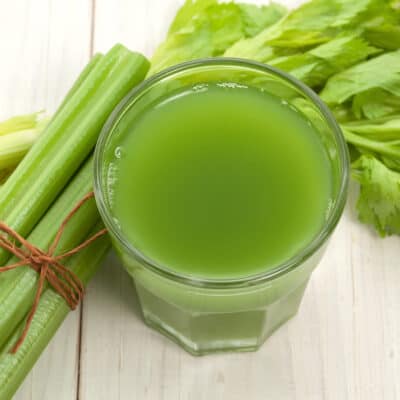It’s easy to get into the sunshine when the weather is nice – but what about winter, especially if you live in a cold climate?
Sometimes (and often particularly in winter) the body desperately needs sunshine. Time in the sun is an important factor for your immune system and many other aspects of health. But for many of my clients who reside in sub-zero temperatures, reaping the benefits of the sun is possible – it just takes some creativity.
These strategies are also useful for those who live in a climate with extremely hot temperatures that doesn’t make it possible to be outside for very long.
Why Does Sunshine Matter?
Many people have been recently taught to avoid the sun’s rays – especially in warm weather. Although there is some caution one must take, especially in very high (or low) temperatures and depending on your current tolerance for the sun, sunshine is extremely important to your physical, mental, and emotional health.
To put things simply, you can think of yourself as a glorified plant. You need a place to put your roots, food, water, and most definitely sunshine. In fact, avoiding sunshine has been found to lead to the onset and/or worsening of disease, worsens cognitive function, and increases “all-cause mortality” (death from any cause). A lack of these basic needs can cause physical and mental distress, as shown in this medical hypothesis on lack of nature exposure for prison inmates.
Sunshine has been found important for:
- The prevention of a variety of diseases and cancers
- The most effective source of Vitamin D
- Reducing stress and pain
- Boost mood (especially in winter months)
- Helping you sleep better
- Boosting learning and memory
- Strengthening the immune system (specifically the T-cells, which fight infection)
- Improving the gut microbiome
- Helping a pregnancy to full term
- Lessening postpartum depression
- Benefitting autoimmune disease
- Decreasing cancer cell growth
And so, so much more. I’ve written extensively about the sun, how to protect yourself, and home remedies for sunburn here. Sun exposure is so important for your health but can be difficult to get much in extreme temperatures. Check out these tips & tricks that can help you still get the benefits of the sun while honoring your climate!
Optimize Your Sun Time.
The best way to get sun exposure is to get in the sun. However, it is helpful to be strategic with when you get sun when dealing with extreme temperatures.
Regardless of climate, if you can get your eyes exposed to sunlight within twenty minutes of waking – even if just for a few minutes – this is helpful for maintaining a healthy circadian rhythm. In other words, sun exposure after you wake up helps you sleep at night! If your after-waking sun exposure is outside, that is of course the best option. (Dress appropriately for the temperature.) But if the best you can do that day is through a window screen, that is a better option than staying in darkness. Sunshine through a window glass requires several hours to equal the benefit of just a few minutes of sunlight outside. (If you wake up before the sun, try to get sunshine to your eyes as soon as you can after the sun comes up.) Besides, research shows that early morning sun can help prep your skin for mid-day sun exposure, if that is an optimal time for you to go outside.
If you are in a very cold climate with extreme temperatures, it may be safest to get outside mid-day or late afternoon when the temperatures are the warmest. Go for a brisk walk on your lunch break, or even stepping outside for a few minutes is better than nothing at all!
If you are in a very hot climate with extreme temperatures, and mid-day is the hottest part of the day for you then morning and evening sun exposure is best. Getting in a few minutes at the beginning or end of the day is very helpful, and using some of the rest of these tips during the day can help maximize the benefits you receive from the sun.
Note: I guess I should say it – don’t stare directly at the sun. Just being in the sunshine will allow your eyes to soak up what they need. Are you someone who wears sunglasses all the time? Try taking them off more often, as long as your eyes allow comfortably. (Use your best judgment.) Not only is getting your eyes to see sunshine beneficial, but it also brings sunshine to your blood and blood flow. How? Your entire blood supply passes through the veins in your eyes twice an hour. This is the closest your blood gets to the “surface” of your body. Infusing your blood with sunshine carries the benefits all over your body.
Expose Your Skin and/or Fingernails & Toenails (Safely)
This can be tricky in extreme temperatures, especially in cold climates when you’re bundled up. I encourage you to exercise your best judgment in safety – too much skin exposure can obviously be dangerous at certain temperatures. However, if you can let the sun fall on your cheek below your hat and before your scarf begins – fabulous!
Did you know your finger and toenails act like solar panels for the body? They soak up and store nutrients from the sun very well. Exposing your nails to the sun can be tricky in winter boots and gloves or mittens, but do the best you can and again, exercise your best judgment in what is safe for the temperatures you’re in. A few minutes’ exposure is great, but not if it gives you frostbite! And if you have nail polish blocking your solar panels, consider going bare during the winter to maximize your sun-soaking abilities.
Eat Foods That Require A Lot Of Sun To Grow.
It’s pretty obvious now, especially in the scientific community, that what you eat affects your health. Your very cells soak up every bite you take, so why not let them soak up the sun too? Plants have the amazing ability to use sunlight to create their own food. Plant foods that require lots of sunshine to grow carry that sunshine with them in the form of biophotons (the smallest physical units of light). One way to get “sun” during the winter months is to eat these foods, if they are available to you.
- Fruit, particularly tropical fruits like papaya, pineapple, mango, and even banana & lemon
- Dark greens full of chlorophyll (if these are hard to find in your area, try this greens powder blend I love or this wheatgrass juice powder)
- Other fresh & raw foods, particularly ones that grow above the ground
Drink Sun Water & Sun Tea.
What’s sun water? It’s water that has soaked in the sun for several hours (at least 2, but 4-5 hours is optimal). Sunshine infuses into the water, and when you drink it, it brings that into your body. You can do this with herbs or tea in the water as well to make sun tea (see more here). It’s best if the sun can fall directly onto the water, but if extreme cold temperatures would cause the water to freeze, you can also put it by a window. See the video below for more.
Soak Up The Reflection.
Unable to get outside? Try water gazing. You can place a bowl or container of water near a window, where the sun will shine directly on it. Then you can gaze at the water and the interplay of the sun. The reflection of the sun can go into your eyes as long as it is not painful. This is one simple trick to get sunshine into your eyes.
Getting sunshine is such a beautiful thing for your body, and one just needs to get creative when you live in seasons with extreme temperatures. I hope these tricks help!
Ignite the Healer within,
Amber Bodily
P.S. If you are looking for more ways to strengthen your immune system, check out my online course UNDEFEATED: Your Passport To A Powerful Immune System.









